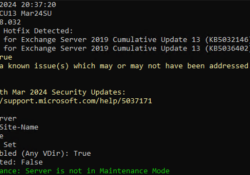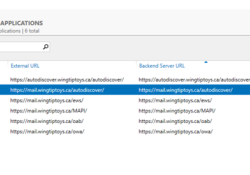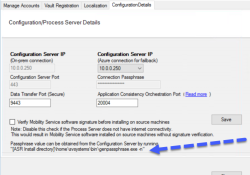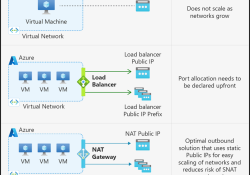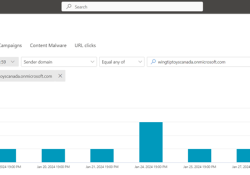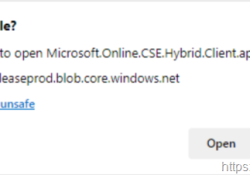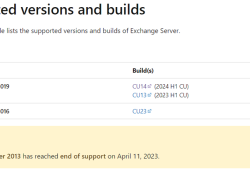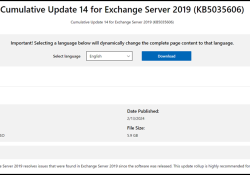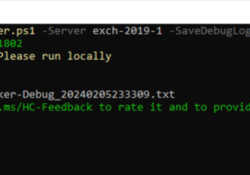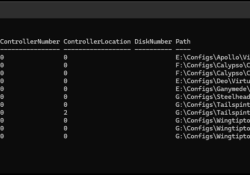April 2024 Exchange Server Hotfix Updates – HU
Want some updates to go with your updates? That’s pretty much what you are getting with the April 2024 Exchange updates. We can split the features which are part of the April 2024 release into two main areas:
-
Fixing the multiple things that broke with the March 2023 Security Update (SU)
-
Adding net new features
The April 2024 HU is available for the following builds of Exchange Server:
- Exchange Serve
